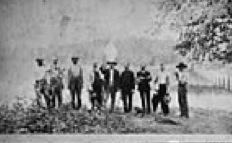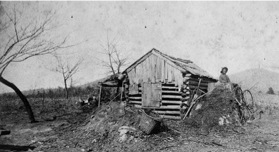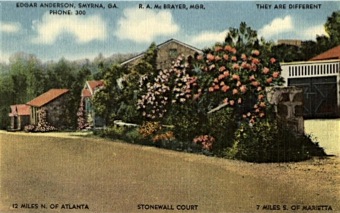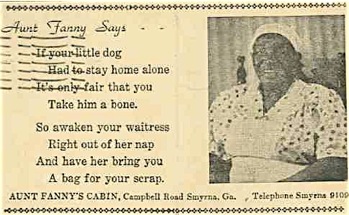






Land evaluation team, Cobb County
ca. 1890 along the Chattahoochee River, not far from Vinings

The first community was called Neal Dow, in honor of a friend of Stephen H. Young, W&A RR engineer. It was also called Varner’s Station. The present name was taken from the Smyrna Campground, which was taken from Smyrna, the ancient seaport of Asia Minor, the birth place of Homer.


Corn Crib Cobb County 1890




1950 Post Card
Cobb County has a total area of
345 sq. miles, of which
340 sq. miles is land and
4 sq. miles of it is water

